At the beginning of each season, we’ve briefly discussed birds arriving for that season. Many of our favorite birds are here all year. In fact, there are so many, let’s focus today on those we often complain about…or love to hate. The link in each description is a link to a “Bird of the Week” article previously published.
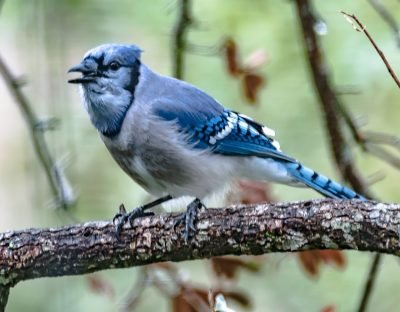
Blue Jays are one of the birds most people can identify. Their call is often confused with that of a Red-shouldered Hawk. An interesting little known fact is that Blue Jay feathers aren’t blue. The feathers contain brown pigment called melanin, but appear blue due to light scattering.
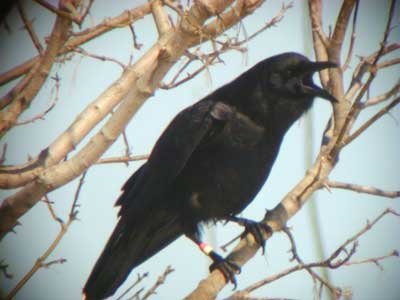
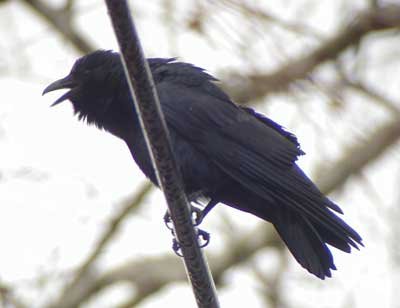
There are two species of crows on Seabrook Island, the American Crow and Fish Crow. American Crow are more commonly seen and are known to look for food in dumpsters and bring their lunch to our yards where they leave the wrappers or other remains for us to deal with. They can be helpful in spotting owls and other large birds as they will often harass these other birds, giving us less knowledgable birders a hint where to look. Fish Crows are most easily distinguished from American Crows by their nasally call. The Fish Crow is slightly smaller but an interesting fact is that they can also be identified by their stance when they call. The Fish Crow often fluffs its feathers, particularly around its neck. The American Crow remains smooth. Note this difference in the pictures above.
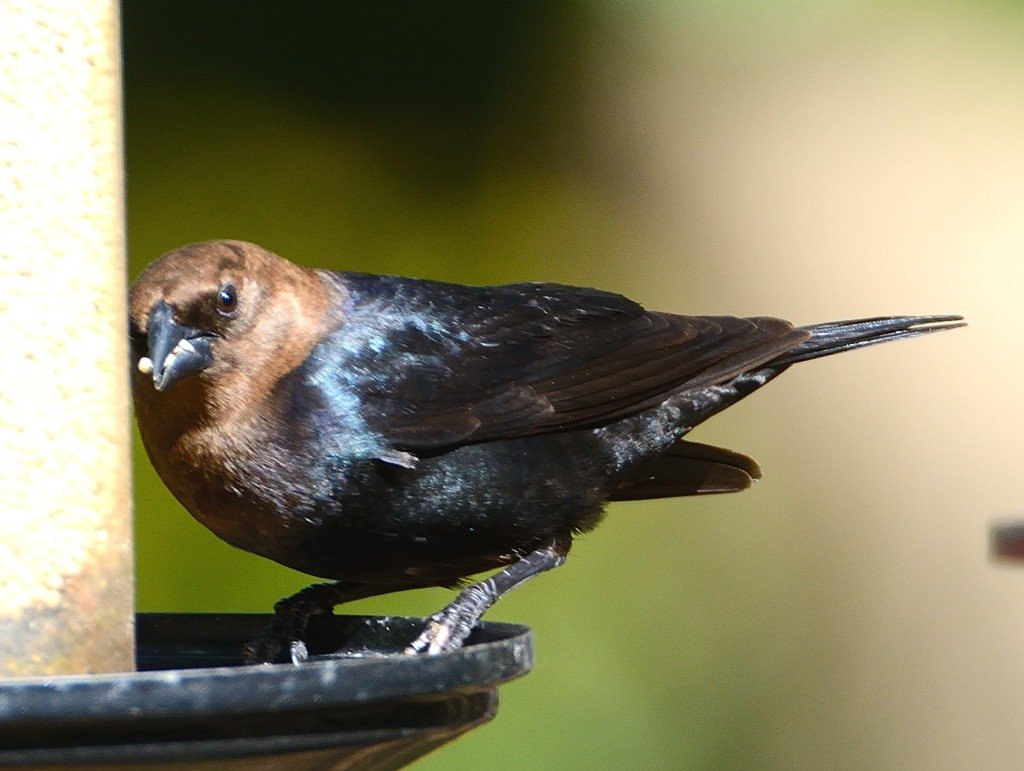
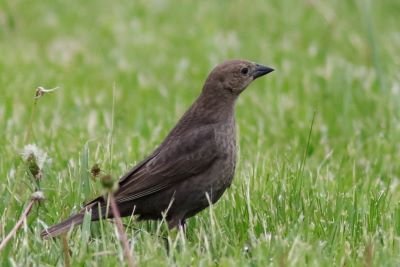
Brown Headed Cowbirds can empty a backyard feeder very quickly. The males have the distinctive brown head and the females are more speckled. Brown Headed Cowbirds do not make their own nests. Instead, they lay their eggs in another species nests and let that species raise the young. This results in a smaller bird raising the young of the larger Brown-headed Cowbird to the detriment of the smaller bird’s young.
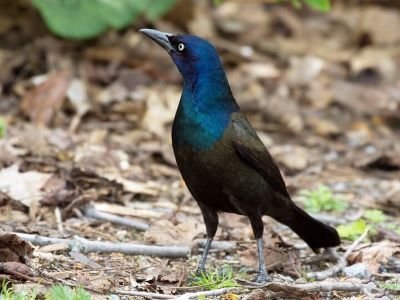
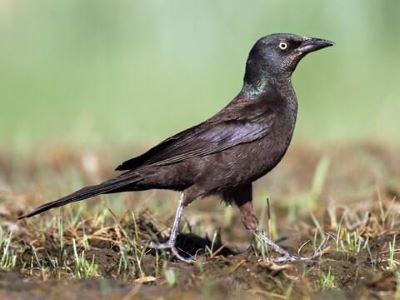
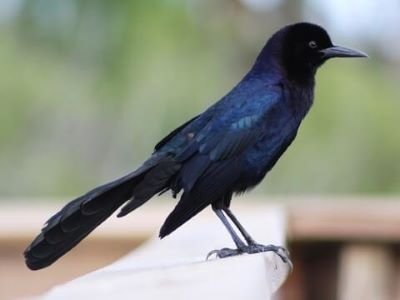
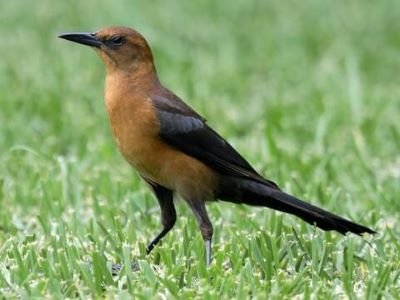
Boat-tail and Common Grackles are two species of the same family seen in South Carolina. The range of the Common Grackle is basically east of the Mississipi while the Boat-tail Grackle is only along the southeastern shore. Both species have rather irredescent males and drabber females.
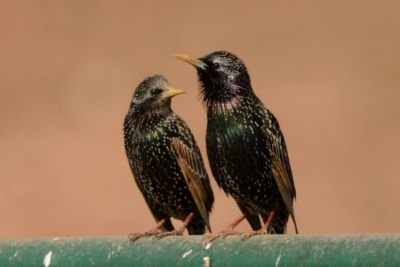
European Starling are one of the most vilified species in the US. They are not native but are thought to first come over on ships in the 1800s. They bully other birds and can eat significant amounts of seed and grain. Luckily, on Seabrook Island, they are primarily seen at the Equestrian Center.
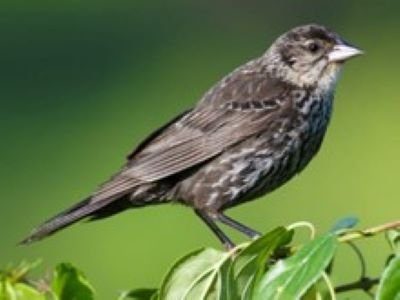
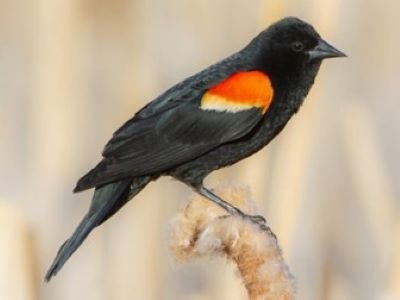
Red-Winged Blackbirds are another species where the male and female look drastically different. The are seen in marshes, around Palmetto Lake and are maybe the most common bird seen as you drive down the interstate. They are often first identified on a bird walk when their screech is heard. Like crows, they are known to harass other larger birds.
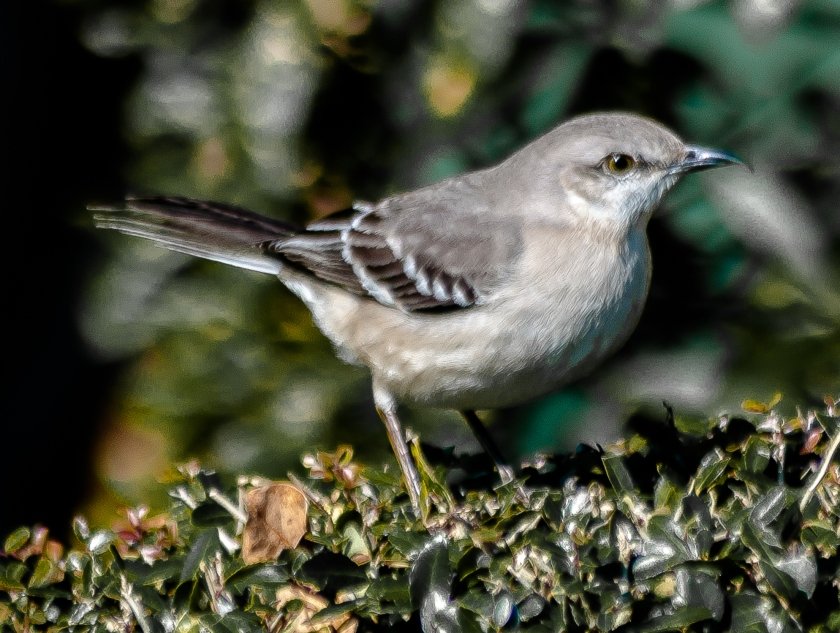
Northern Mockingbird are included on this list as they can be confusing to birders. As their name implies, they mock the songs and calls of other birds. They are common around Seabrook Island and will often cooperate for photographers by perching atop a bush or tree.
Submitted By: Judy Morr
Photos by: (where not credited in photos)
European Starling: Ed Konrad
Blue Jay, Northern Mockingbird: Charlie Moore
American and Fish Crow: Charlie Moore and Bob Hider
Red-winged Blackbird: Audubon
